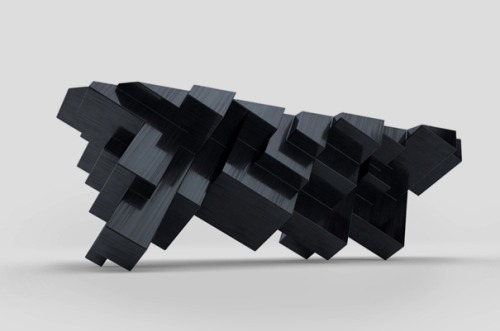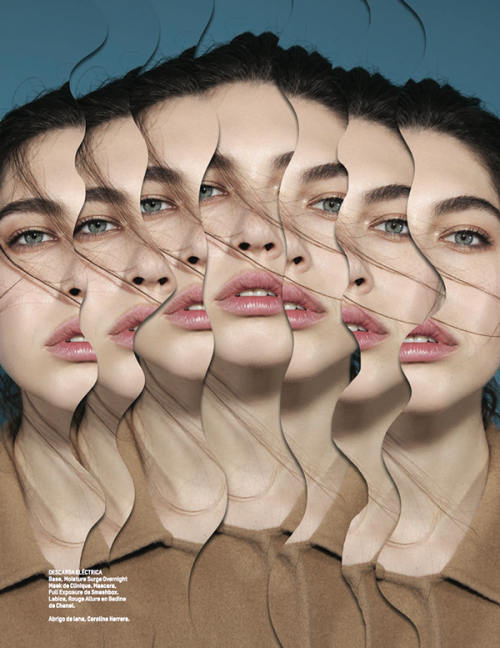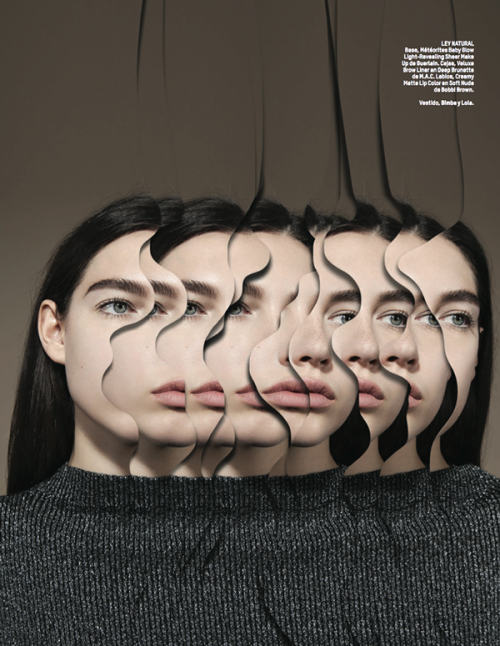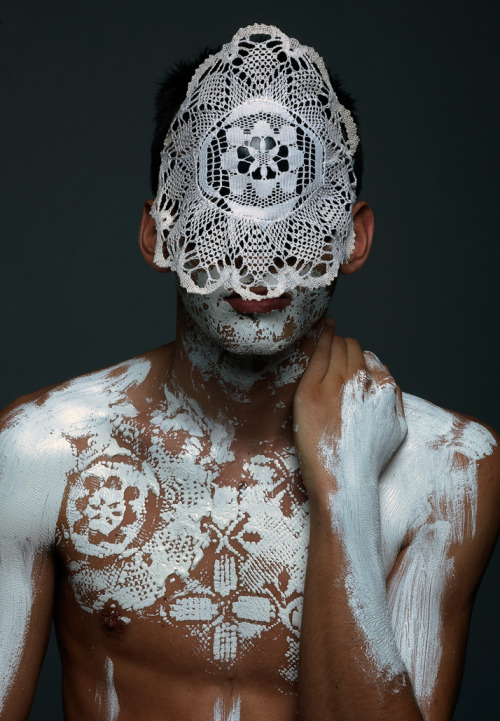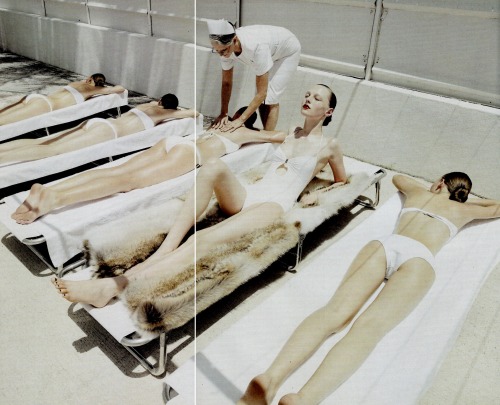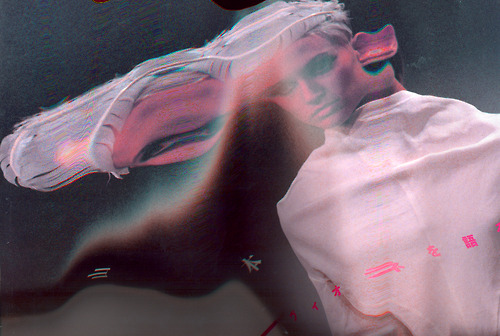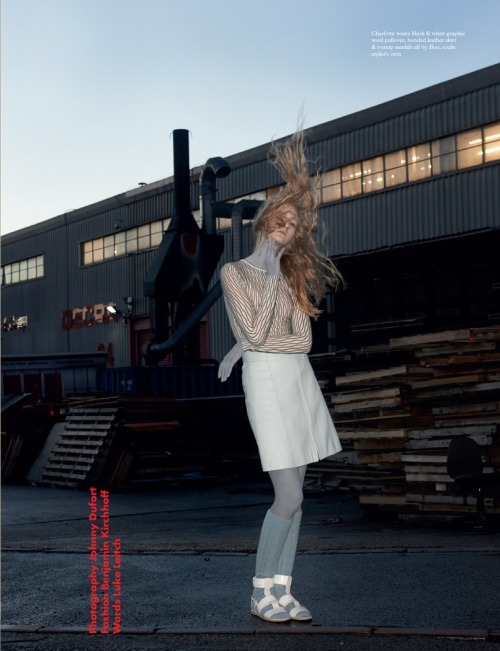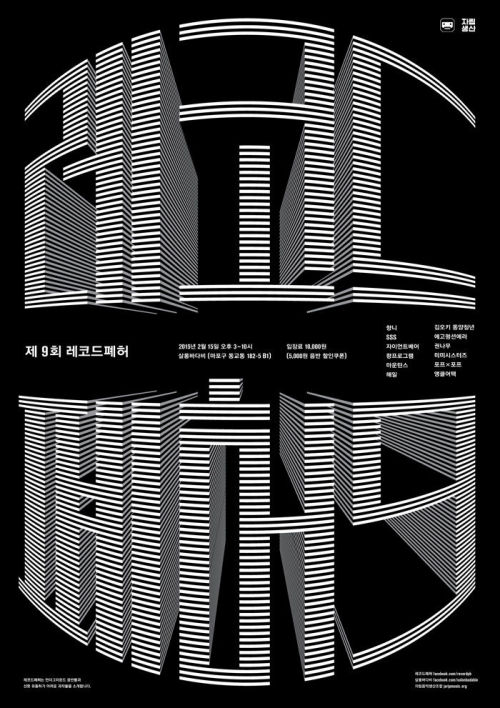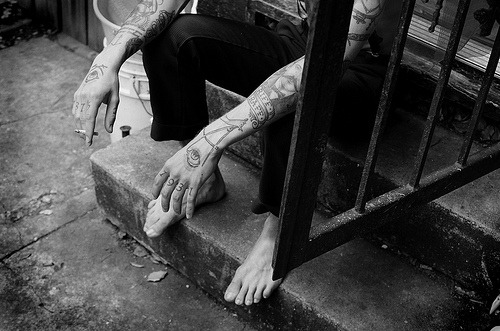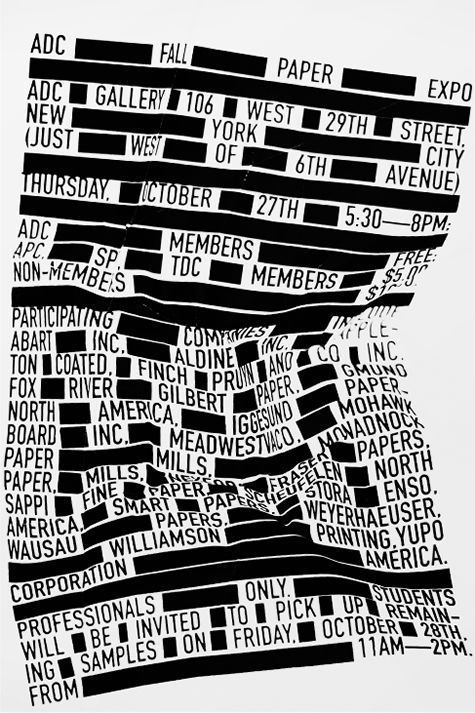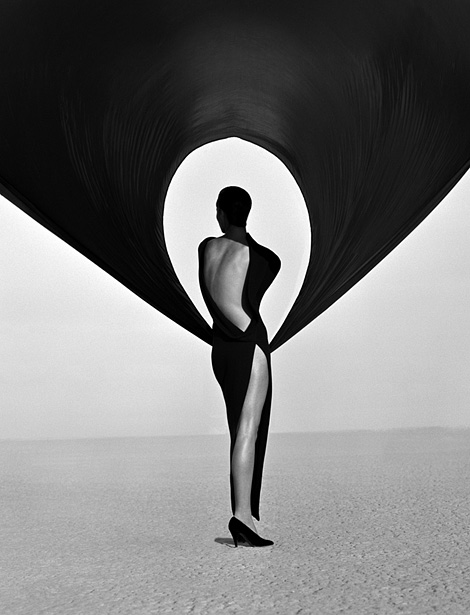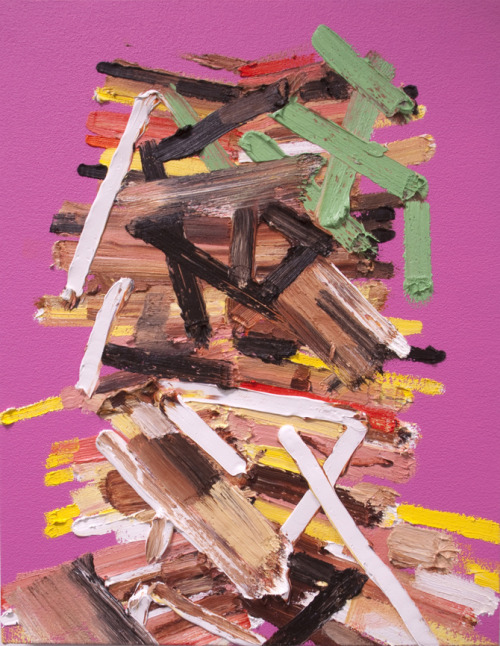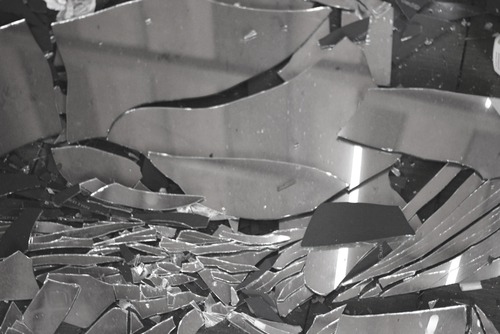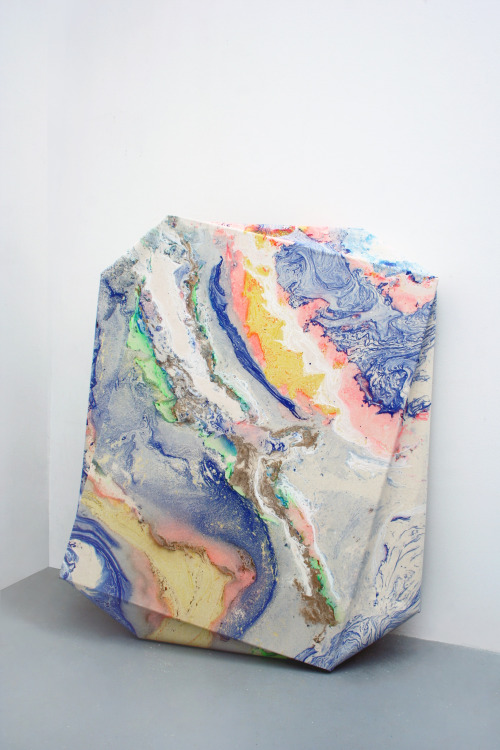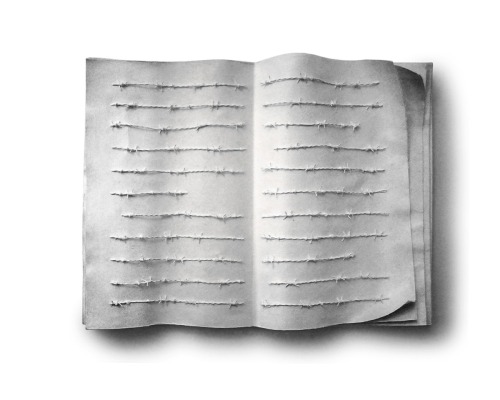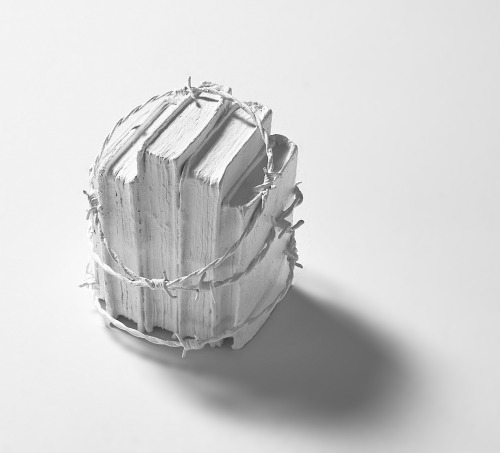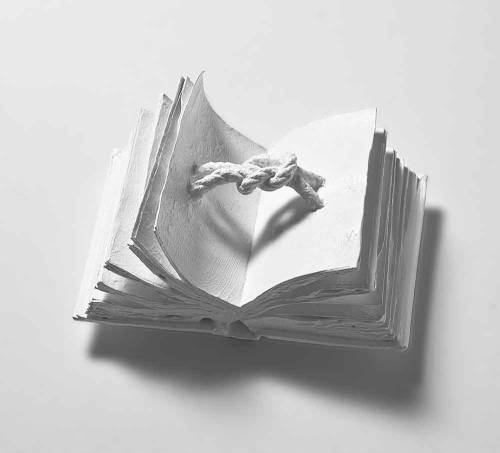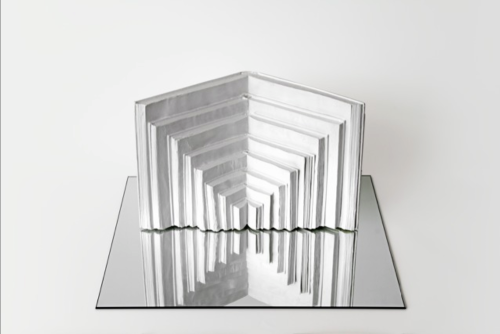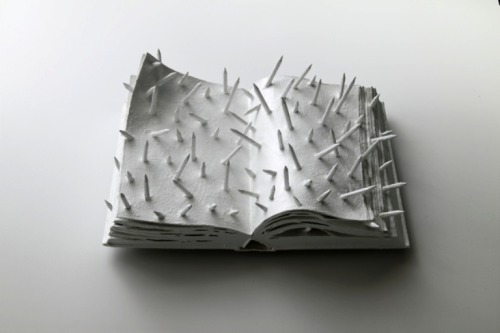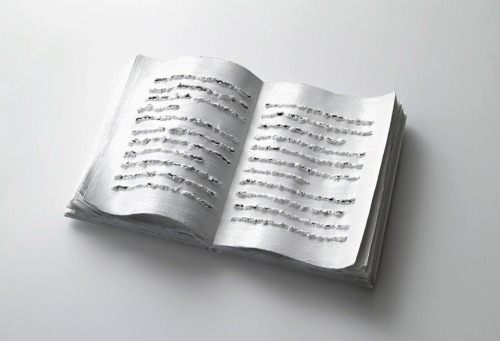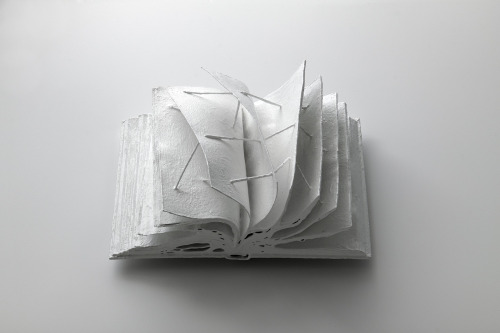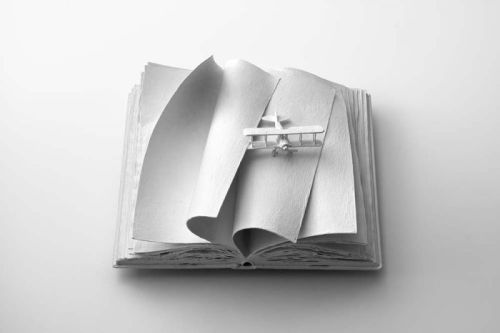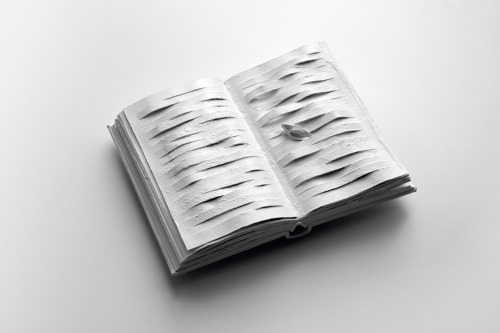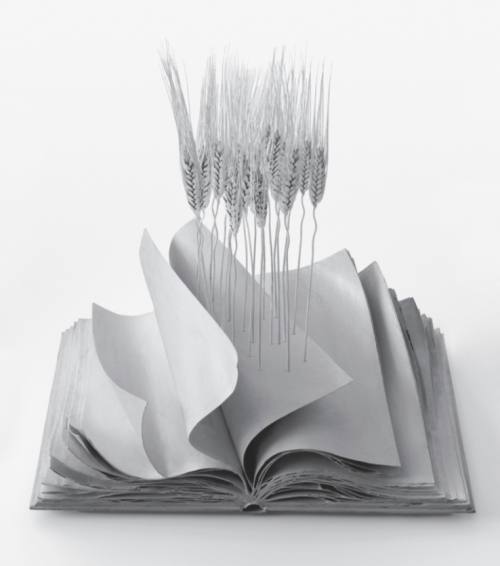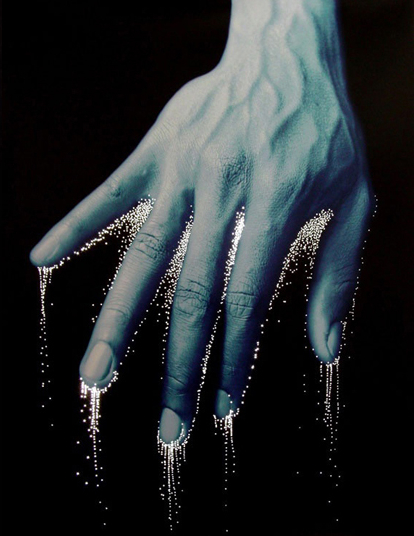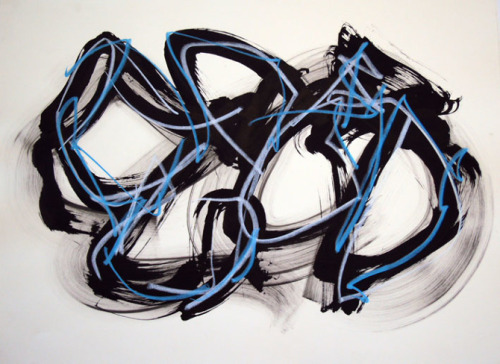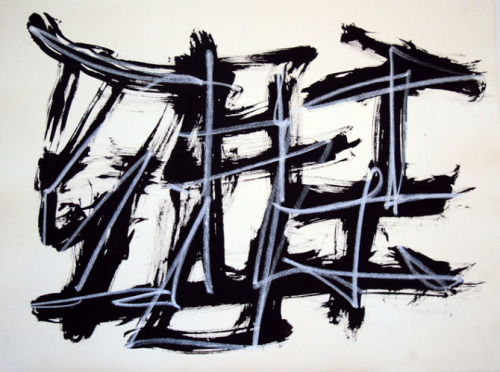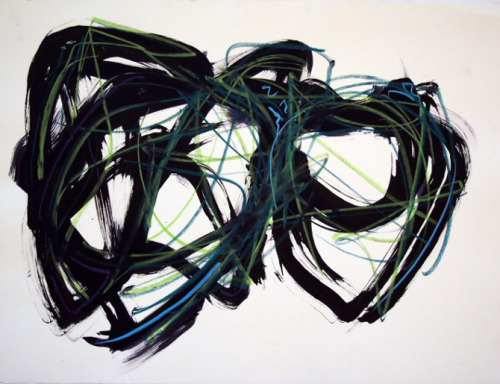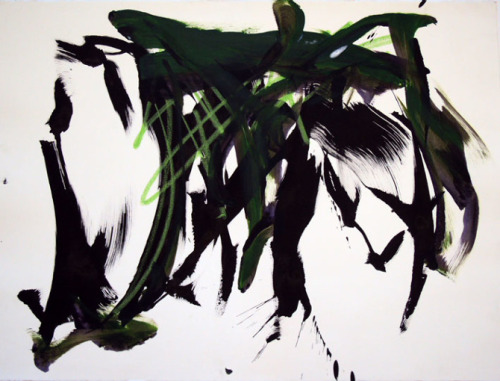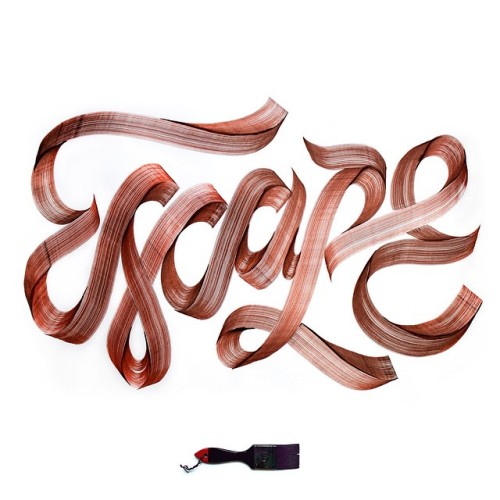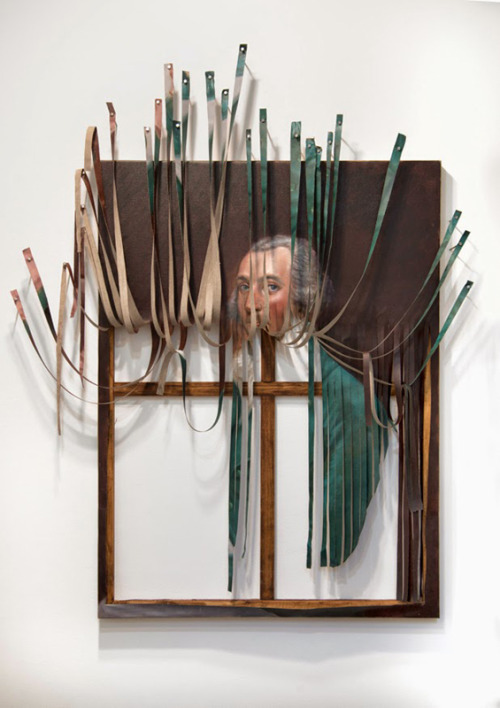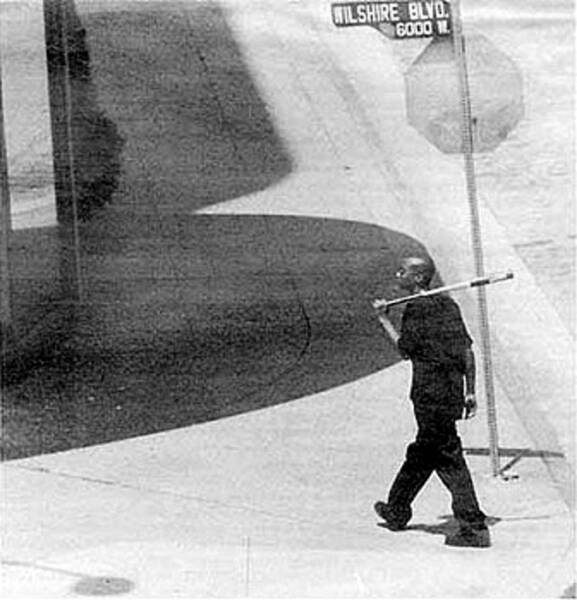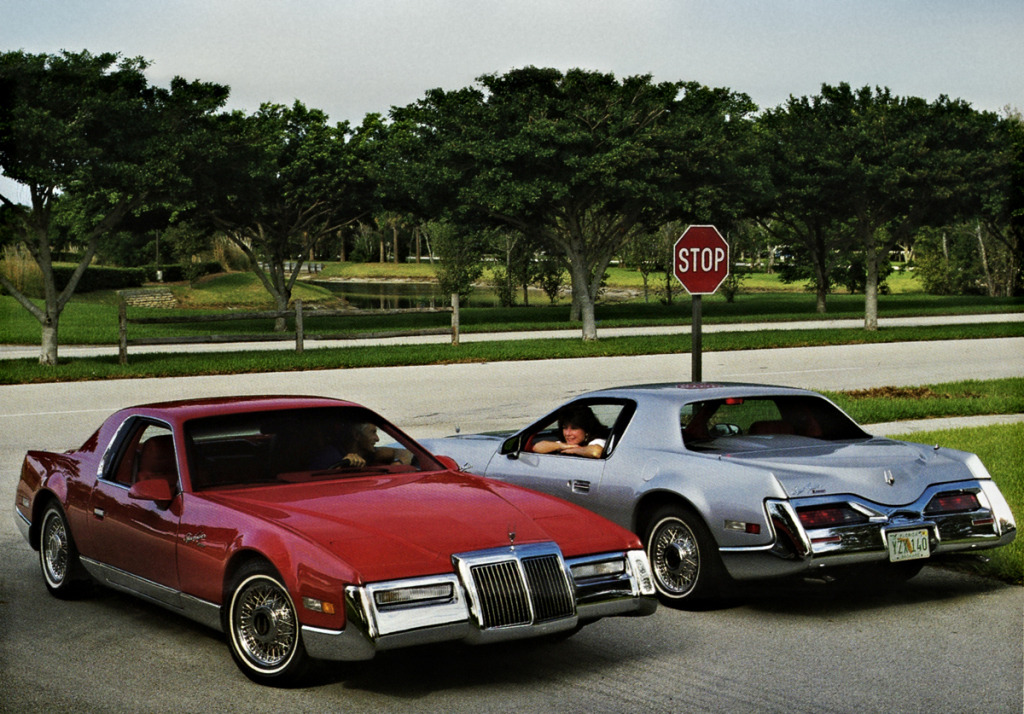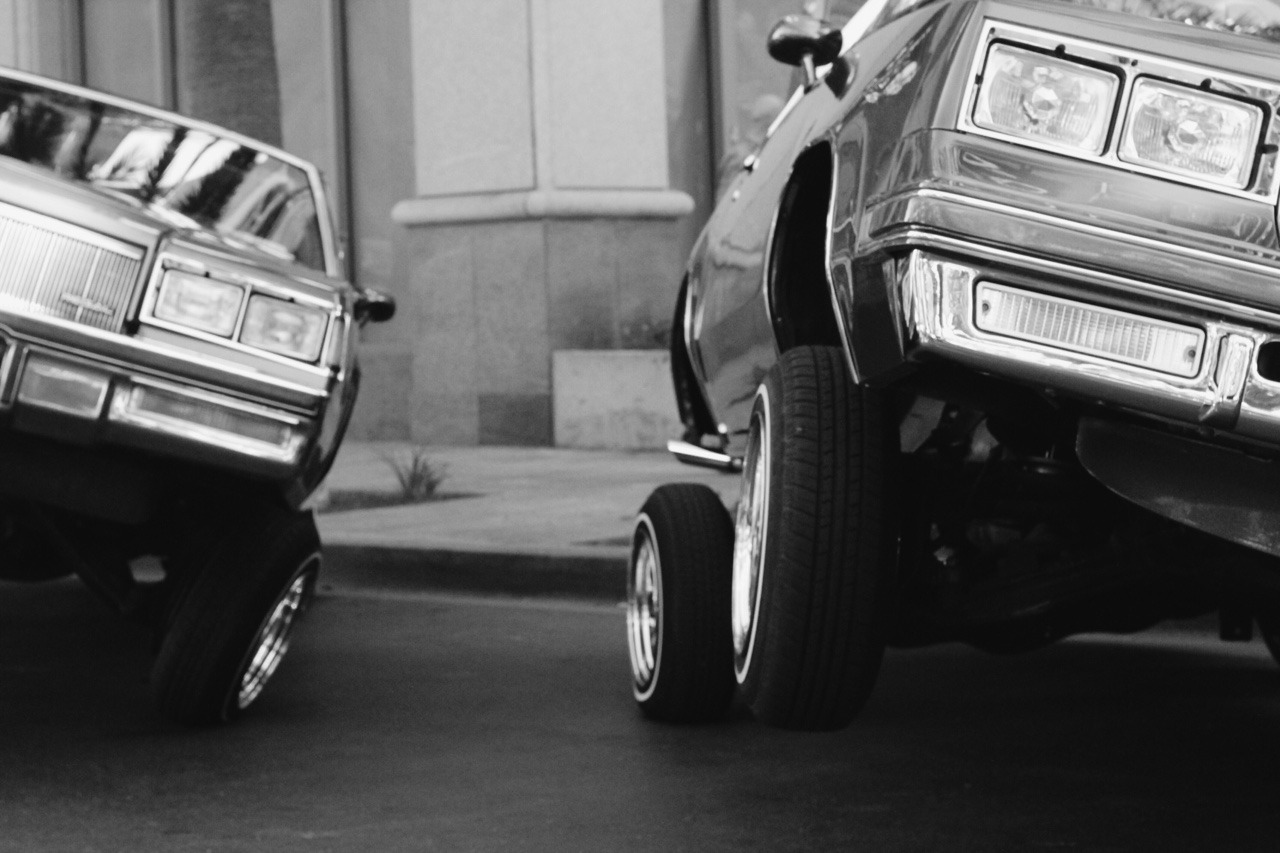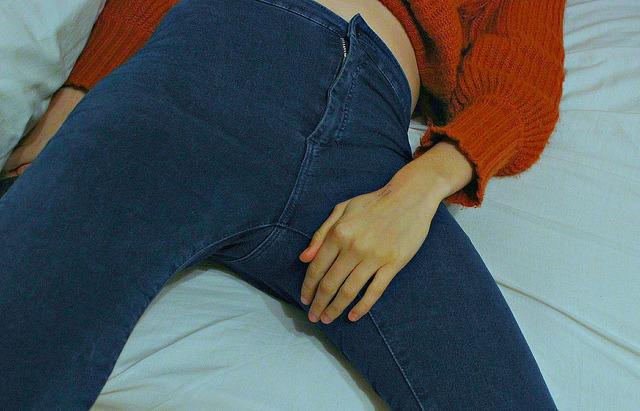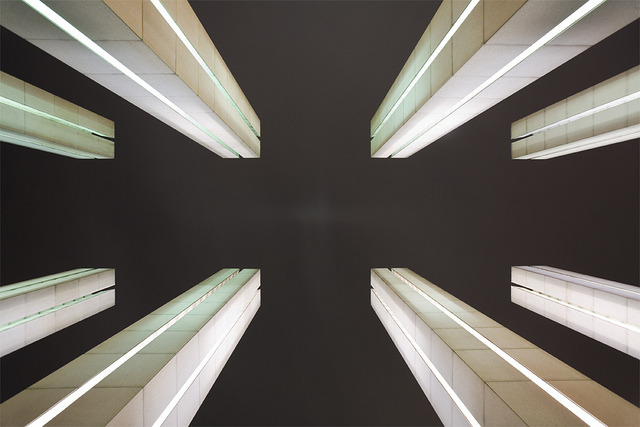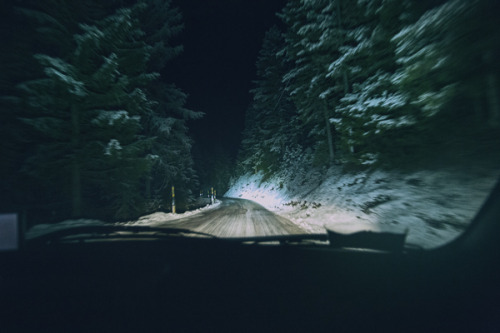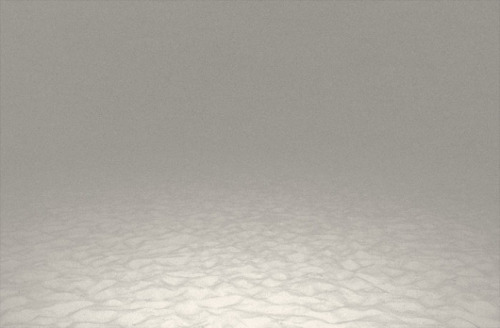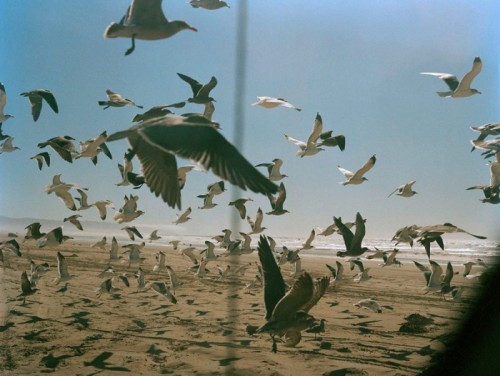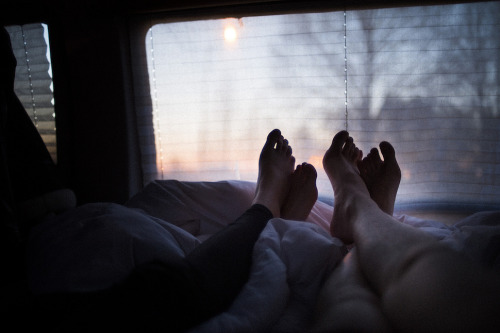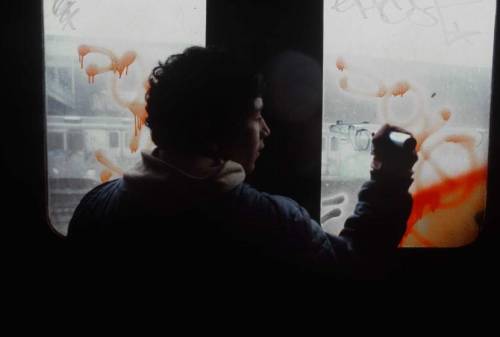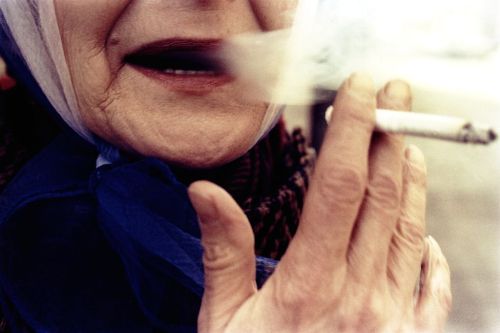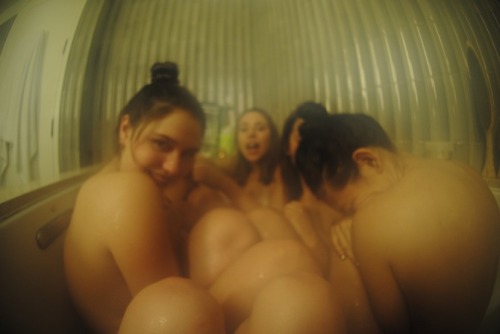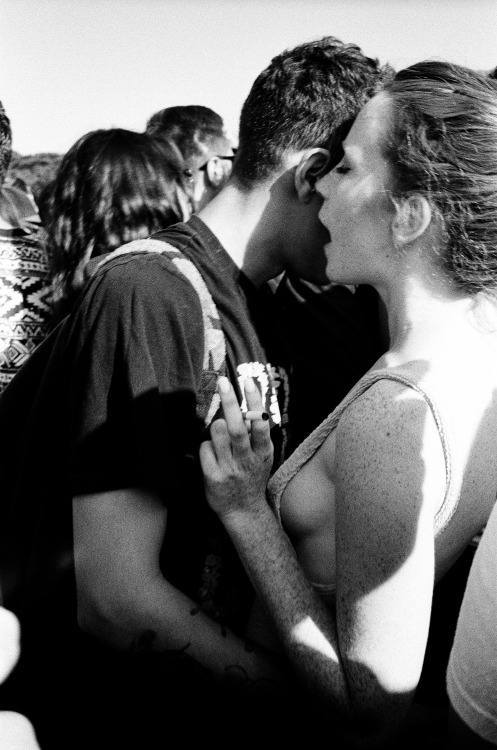
Shared posts
An 80-Foot Steel Kraken Will Create an Artificial Coral Reef Near the British Virgin Islands

All images via Owen Buggy
This past April a massive 80-foot steel kraken was purposefully sunk into the Caribbean Sea on top of a decorated WW2 ship. The former Navy fuel barge and its monstrous passenger were placed underwater in order to jumpstart a new coral ecosystem, while also serving as a cutting-edge education center for marine researchers and local students from the surrounding British Virgin Islands. The project is titled the BVI Art Reef, and aims to use sculptures like the porous kraken as a base to grow transplanted coral.
The Kodiak Queen, formerly a Navy fuel barge named the YO-44, was discovered by British photographer Owen Buggy approximately two and a half years ago on the island of Tortola. Instead of letting the historic vessel get picked apart for scrap metal, Buggy approached former boss Sir Richard Branson about collaborating on a restorative art installation. Together with nonprofit Unite B.V.I., artist group Secret Samurai Productions, social justice entrepreneurial group Maverick1000, and ocean education nonprofit Beneath the Waves, the project was established as both an eco-friendly art installation, and a philanthropic measure to rehabilitate native marine species.



“It’s envisioned that within just a short space of time the ship and artwork will attract a myriad of sea creatures,” said Clive Petrovic who consults on the environmental impact of the BVI Art Reef. “Everything from corals to sea sponges, sharks and turtles will live on, in, and around the wreck. The ship will become valuable for future research by scientists and local students alike.”
To sink the massive ship, the project sought the help of the Commercial Dive Services who safely submerged the vessel off the coast of the island Virgin Gorda. It was the first time the ship had been in the water for nearly 17 years, and was lead to its final resting place by a bevy of boats and helicopters.




Filmmaker Rob Sorrenti filmed both the construction and sinking of the kraken and its ship. The full-length documentary is currently in post-production, with an estimated release early next year. You can watch a clip from the upcoming film below. For information on visiting the BVI Art Reef, and to learn more about its educational programs, visit the project’s website and Facebook.
Nicolas Nadé’s graphic exploration of the Antarctic in a beautifully printed monochrome book
Large Format Photographs Capture Ornate Opera Houses From Around the World

All images © David Leventi, Margravial Opera House, BAYREUTH, GERMANY, 2008
David Leventi photographs the interiors of world famous opera houses, capturing the ornate design of the architecture found inside. Using 4×5″ and 8×10″ Arca-Swiss cameras, Leventi captures each opera house from the vantage of an operatic singer, photographing the space from the very center of the stage.
Leventi is not just aesthetically inspired by the opera houses he photographs, but also holds a familial connection to their structures. He is the son of two architects, and the project was started in remembrance of his grandfather Anton Gutman, a cantor trained after World War II by a famous Danish operatic tenor. Gutman performed for prisoners and officers while interned at a prisoner-of-war camp in the Soviet Union, and Leventi’s photographs are a gesture that aims to examine the spaces he was never able to perform.
Leventi’s photographic process imitates with light what a performer would do with his or her voice, light waves bouncing off of each architectural element and bringing the vast space back to the detailed image. Each photograph captures a view impossible to the naked eye, combing both line-of-sight and periphery imagery to produce images that wrap the viewer in the experience of each world famous theatre. Leventi is not just capturing the depth of the space, but also the extensive history lived within each performance hall.
Leventi received his BFA in Photography from Washington University in St. Louis, Missouri and is represented by galleries internationally. Leventi’s exhibition “David Leventi: Opera” will open May 7 at Rick Wester Fine Art in New York City, and his first monograph by the same name (published by Damiani) will be released this spring. (via Arch Atlas)

Romanian Athenaeum BUCHAREST, ROMANIA, 2007

La Fenice VENICE, ITALY, 2008

Curtain, Palais Garnier PARIS, FRANCE, 2009

Palais Garnier PARIS , FRANCE, 2009

The Metropolitan Opera NEW YORK, UNITED STATES, 2008

Teatro di Villa Aldrovandi Mazzacorati BOLOGNA, ITALY, 2014

Mariinsky Theater ST. PETERSBURG, RUSSIA, 2009

Teatro di San Carlo NAPLES, ITALY, 2009

Palau de les Arts Reina Sofía VALENCIA, SPAIN, 2014

Amargosa Opera House, DEATH VALLEY JUNCTION, CALIFORNIA, 2009

Curtain, Royal Swedish Opera, STOCKHOLM, SWEDEN, 2008
Captivating Geometric GIFs by Florian de Looij

Florian de Looij first sat down with a copy of Photoshop when he was 12 years old and apparently he never got up. The Netherlands-based designer has been exploring digital animation and illustration ever since, and late last year started sharing his animation experiments on a Tumblr called FLRN GIF. Florian says he’s always been inspired by the likes of M.C. Escher and other artists working with optical illusions, something that has clearly influenced the direction of his design practice. He tries to make a new GIF each day, and you can see tons more in his archives. (via Cross Connect)







Photographers Create Meticulously Faithful Dioramas of Iconic Photos

Making of “The Wright Brothers” (by John Thomas Daniels, 1903)

“The Wright Brothers” (by John Thomas Daniels, 1903)
It all started with a joke—a rather ironic challenge, if you will, to recreate the world’s most expensive photograph: Andreas Gursky’s Rhein II. Because for commercial photographers Jojakim Cortis and Adrian Sonderegger, that meant tolling away in their spare time when money wasn’t coming in to recreate a photograph that had just sold for $4.3 million. This was the beginning of Ikonen, an ambitious project to meticulously recreate iconic historical scenes in miniature. The ongoing project includes immediately recognizable shots—the Wright Brothers taking flight, the Lock Ness Monster poking its head out, “Tank Man” halting tanks during the Tiananmen Square protests—because the images have been seared into our collective memory.
“Every field has its icons, guiding stars, which reflect the spirit of time in form, media and content,” says the photographers. And when something is photographed, it has a way of transcending time rather than becoming isolated. Historical symbolism is fluid and our perception of it can change the same way history can. This, perhaps, is why Cortis and Sonderegger pull away from their miniature scene at the very end, revealing what each photograph actually is: paper, cotton balls, plastic and plenty of their own spare time. Photos shared with permission from the artists. (via Wired)

Making of “Nessie” (by Marmaduke Wetherell, 1934)

Making of “Five Soldiers Silhouette at the Battle of Broodseinde” (by Ernest Brooks, 1917)

Making of “Tiananmen” (by Stuart Franklin, 1989)

Making of “AS11-40-5878″ (by Edwin Aldrin, 1969)

“AS11-40-5878″ (by Edwin Aldrin, 1969)

Making of “Lakehurst” (by Sam Shere, 1937)

Making of “The last photo of the Titanic afloat” (by Francis Browne, 1912)

“The last photo of the Titanic afloat” (by Francis Browne, 1912)

Making of “La cour du dumaine du Gras” (by Joseph Nicéphore Niépce, 1826)

“La cour du dumaine du Gras” (by Joseph Nicéphore Niépce, 1826)
A.K. (1985), Chris Marker. Filming the making of Akira...
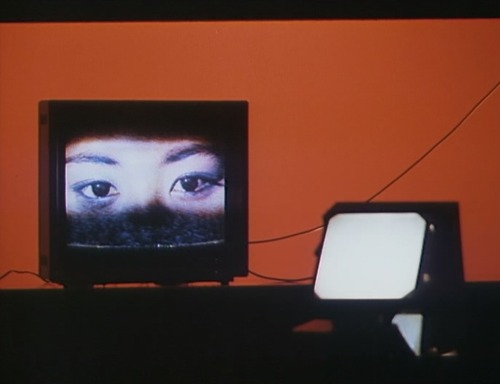
A.K. (1985), Chris Marker. Filming the making of Akira Kurosawa’s “Ran”.


